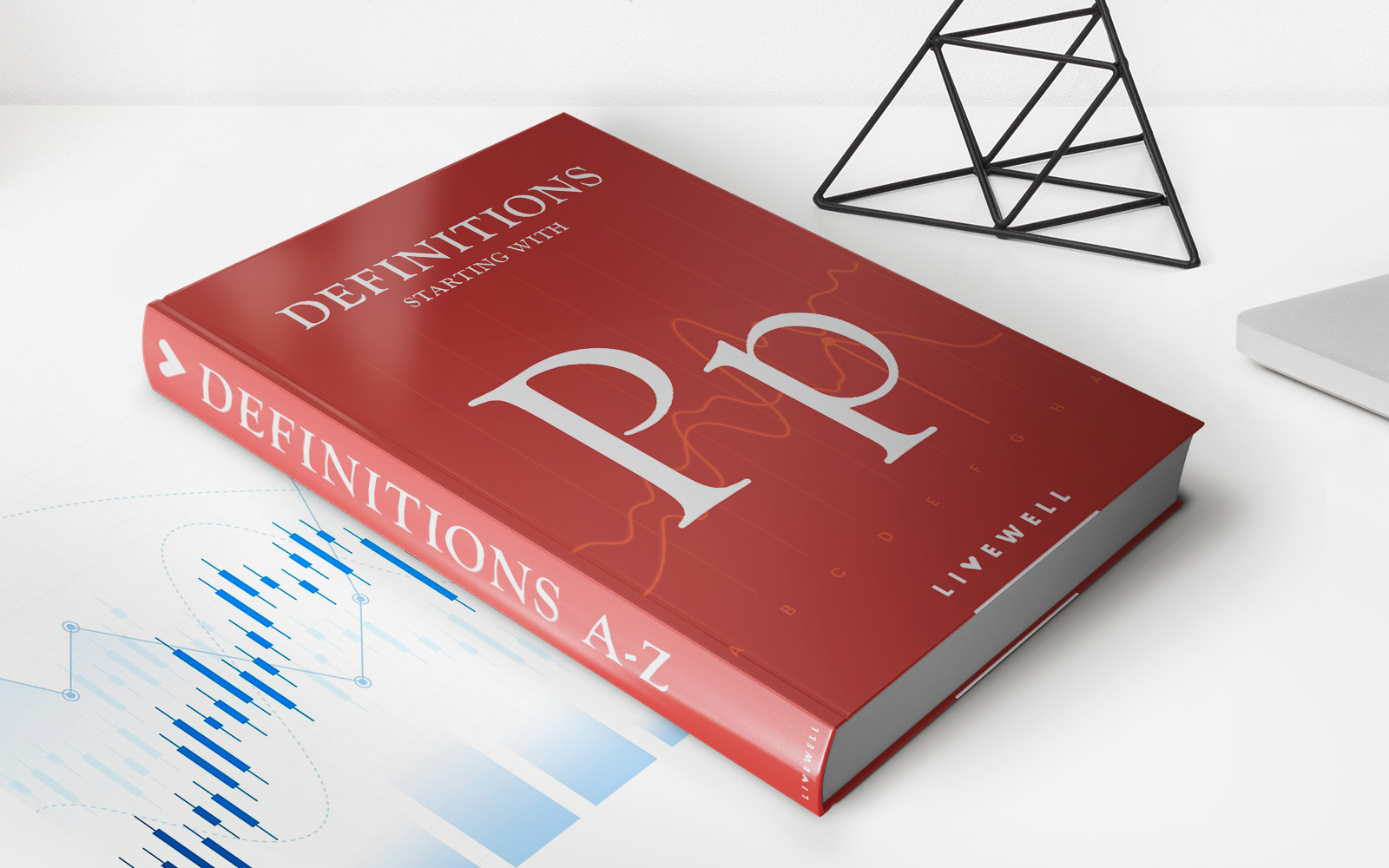Home>Finance>Settlement Risk: Definition, 2 Main Types, And How To Reduce It


Finance
Settlement Risk: Definition, 2 Main Types, And How To Reduce It
Published: January 27, 2024
Learn the definition of settlement risk in finance, along with the two main types and effective ways to reduce it.
(Many of the links in this article redirect to a specific reviewed product. Your purchase of these products through affiliate links helps to generate commission for LiveWell, at no extra cost. Learn more)
Settlement Risk: Definition, 2 Main Types, and How To Reduce It
As a part of our ongoing commitment to providing valuable insights into the world of finance, we are delving into the topic of settlement risk. Whether you are an investor, trader, or financial institution, understanding settlement risk is crucial to mitigating potential losses and ensuring smooth transactions. In this blog post, we will define settlement risk, explore its two main types, and provide practical strategies to reduce it.
Key Takeaways:
- Settlement risk refers to the potential for a counterparty failing to fulfill their financial obligations, leading to a loss for the other party involved.
- The two main types of settlement risk are delivery risk and payment risk.
What is Settlement Risk?
Settlement risk, also known as counterparty risk, is a significant concern in the financial industry. It arises when one party in a financial transaction fails to meet its obligations, whether in terms of delivering securities or making a payment, leading to a loss for the other party involved. Due to the interconnected nature of the global financial system, settlement risk can have far-reaching consequences, impacting multiple parties and even jeopardizing the stability of financial markets.
The Two Main Types of Settlement Risk
- Delivery Risk: This type of settlement risk occurs when the delivering party fails to transfer the agreed-upon securities within the specified timeframe or at all. Factors such as operational inefficiencies, technical glitches, or the counterparty’s inability to fulfill their obligations can contribute to delivery risk.
- Payment Risk: Payment risk, on the other hand, refers to the failure of the paying party to transfer the agreed amount of funds. It can arise due to reasons such as insufficient funds, insolvency, or delays in processing payments. Payment risk is particularly pronounced in cross-border transactions, where different banking systems and currencies come into play.
How to Reduce Settlement Risk
While settlement risk cannot be completely eliminated, there are several strategies that individuals and financial institutions can employ to minimize their exposure:
- Netting Agreements: Implementing netting agreements allows parties involved in multiple transactions to consolidate their obligations and offset them against each other. This reduces the overall settlement risk by simplifying the settlement process and reducing the number of individual transactions.
- Collateralization: Collateralization involves parties providing collateral as a form of security against potential defaults. By requiring collateral, the risk of settlement failure is mitigated as the non-defaulting party can use the collateral to offset the loss.
- Centralized Clearing: Utilizing centralized clearinghouses can significantly reduce settlement risk. Clearinghouses act as intermediaries between parties and guarantee the completion of transactions, thus mitigating counterparty risk.
- Real-Time Gross Settlement (RTGS) Systems: RTGS systems enable immediate and irrevocable settlement of transactions on a one-by-one basis. By ensuring immediate transfer of funds or securities, the risk of non-payment or non-delivery is minimized.
- Continuous Monitoring and Risk Assessment: Regularly monitoring and assessing settlement risk is crucial. Financial institutions should implement robust risk management frameworks and systems to identify and address potential risks promptly.
By implementing these strategies, individuals, traders, and financial institutions can enhance their ability to navigate the complex world of finance more securely and reduce their exposure to settlement risk.
Remember, settlement risk is an inherent part of the financial landscape, but being armed with knowledge and employing risk management strategies can help you safeguard your investments and financial transactions.
Stay tuned for more articles in our “FINANCE” category to gain valuable insights into various aspects of the financial industry.














